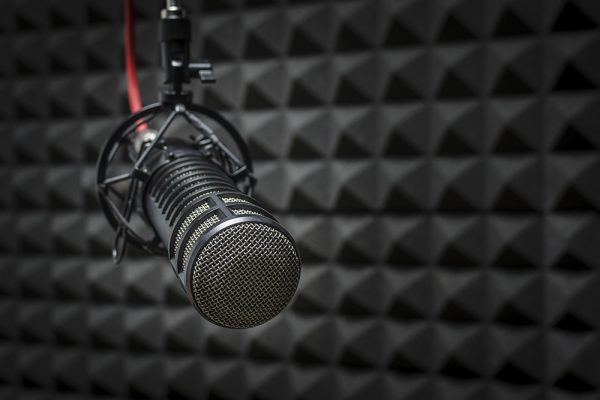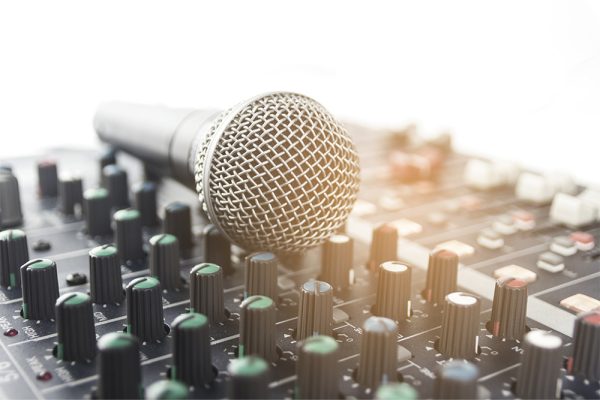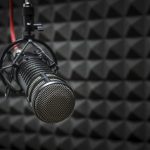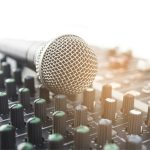Quality Audio Recording = Quality Transcription
If you are planning on using audio transcription services and need to record a conference, lecture, podcast, interview, focus group or even a phone call, good quality audio is essential. When it comes to high quality transcriptions, much like in any other sector, the key is high quality raw materials. An impeccable audio recording equals an impeccably written transcript. If you require and expect a completed transcript with few or no unclears, phonetic guesses and/or grammatical mistakes, you should first consider providing your transcription company with audio that allows them to meet these standards.
When it comes to elements coming together to make for an exceptional transcript, SOUND tops the list every time! This blog covers some basic common sense and technical tips on how to get the best quality audio recording possible for your audio transcription project.
Location Location Location!
This one should be a no-brainer but the more background noise whilst your interviews takes place, the more inaudible speech there will be in your transcript. If you are struggling to hear what your respondent is saying, your transcriptionist will have no chance of deciphering it.
Record Blank Sound for Audio Clean-Up
In the event you are unable to secure a meeting room or quiet location for your interview recording, record some blank audio to include background noise before and after the interview. This will assist your transcription service with cleaning up the audio.
Use Microphones for Audio Transcription Recordings
Microphones that are picked up directly by your audio recorder should be fitted to respondents in your interviews where possible. This will ensure that even when background noise occurs in your interview, the transcriptionist will be able to hear what is said. Microphones are useful for any type of audio that will require transcription services but are especially useful where there are multiple speakers and/or large spaces between speakers such as in auditoriums.
Microphones are crucial for:
- Conference transcription
- focus group transcription
- round table discussion transcription
- event transcription
- transcription of interviews taking place outdoors or in a noisy environment
Consider Audio Recorder Placement
Be sure to place your audio recording equipment or dictaphone near to your respondent. If you are attending a conference, perhaps place the dictaphone near the podium to catch all of the key note speakers.
When placing a recording device, also be sure to position it away from microphones and electronic equipment. This avoids feedback noise appearing on your recording as well as saving you the embarrassment of having to move your recorder, should it interfere with microphones.
Make an Audio Transcription Contingency Plan
As a back-up to inaudible speech, you can use strategically place multiple recorders simultaneously but be aware your transcription company may charge you higher than the normal rate (even as much as transcribing two recordings). This is because the transcriptionist may effectively need to listen, switch and simultaneously make edits using both files which in itself is time consuming.
Set Interview Recording Ground Rules
When it comes to sound, set ground rules for your interviews or focus groups. Advise respondents to take tuned and avoid interrupting or speaking over each other. Where microphones are attached to clothing, remind speakers to beware of fidgeting.
If you require medical, conference, financial, research or any other type of transcription give us a call today on +44 (0) 1634 867131 for a quote and receive your free five minute sample.











Comments are closed.